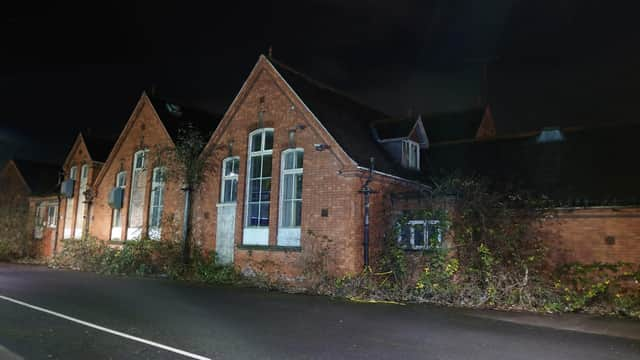Clay Cross Junior School opened in 1894 and played a vital role in educating thousands of children in the village over the years.
But the former school building on Market Street fell into a state of disrepair after its closure in 2009 – and it is now being torn down to allow for further regeneration of the area, which includes plans for new high-quality low-carbon housing.
Urban explorer Venturing Off Limits visited the site before demolition work began and shared these images on their Facebook page.
They said: “Clay Cross Junior School was built in 1894 and was in use up until April 2009 when it was vacated due to the local infant and junior schools merging and moving to Sharley Park Community Primary School.
"It's stood in the same spot in the heart of Clay Cross for well over 100 years and has played a vital role in educating thousands of the villages children during that time.
“Being of a typical Victorian design it follows the sane layout as other schools of the same age.
“It has a large multifunctional hall/gym/dining room, with classrooms coming of the side of it.
“Previously the nearby Infant school has been knocked down and replaced with Smithybrook View extra care facility.
“Very recently this junior school has followed the same fate as the infant school and has just been demolished, the plans are that it will be the site of new high quality low carbon housing.
“The council say key parts of the building will be saved and reclaimed during the demolition process including plaques and ornamental brick works to mark the historic significance of the building and its heritage and will be reused within the regeneration plans for Clay Cross.”
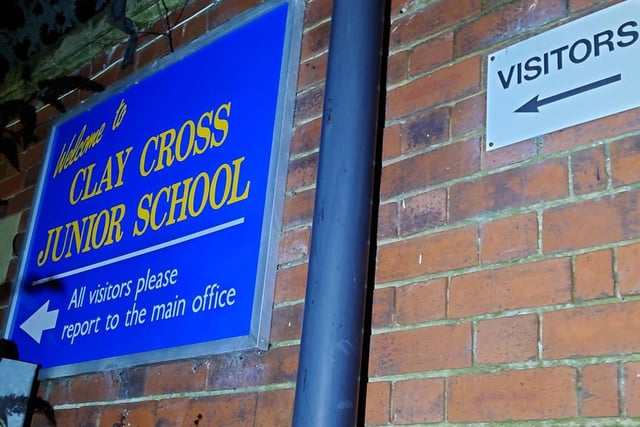
1. Visitors this way
Old signs gave a glimpse into the previous use of the building Photo: Venturing Off Limits
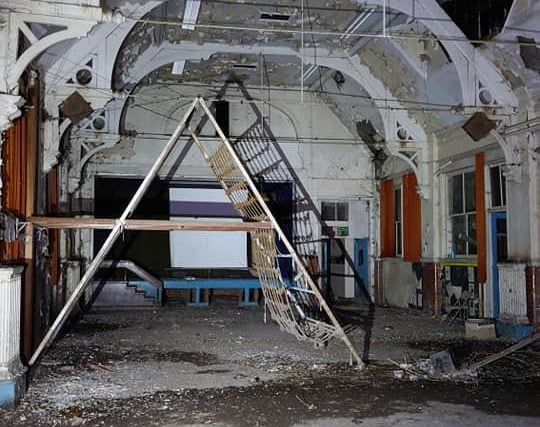
2. Old hall
I wonder how many assemblies took place in this room over the years? Photo: Venturing Off Limits
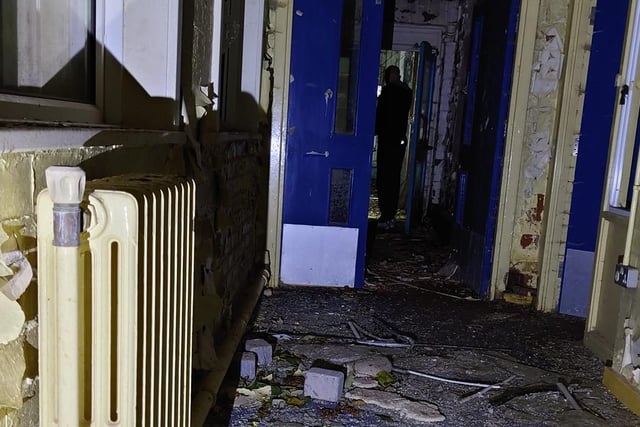
3. Falling apart
Did you ever wander the corridors of Clay Cross Junior School? Photo: Venturing Off Limits
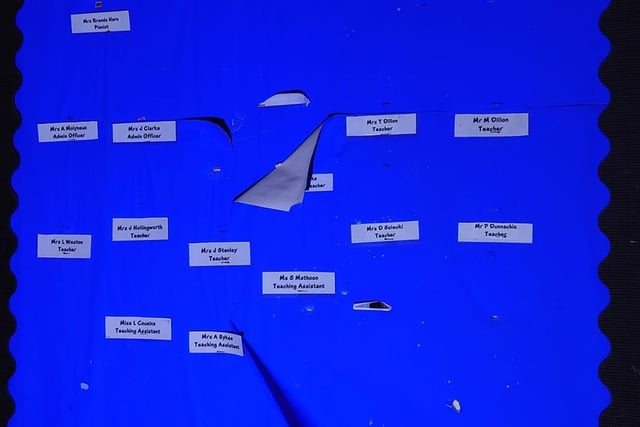
4. Former teachers
The names of the school team just before its closure Photo: Venturing Off Limits
